Cupra Marittima

Located along the Adriatic shore in the region of Le Marche, Cupra Marittima gives you two towns in one!. The original settlement and medieval town on the hill, known as Marano until 1862 (and still called by today by locals) and the fishing village below that developed in the 1800s when the fishermen, tired of hiking up and down the hill, and finding more secure times than the area had previously endured in the Middle Ages with frequent sieges, decided to move to the waterfront and build a small port and homes. That town then grew with trading and commerce, and the rise of seaside tourism, especially when the rail line was built in the late 1800s. There is no longer a port in Cupra, but there are a couple miles of fine golden-sand beaches flanked by palm trees lined up all along the way, as this is part of the Riviera delle Palme. The Palm Coast reaches from here down to the Abruzzo border, to the town of Porto d'Ascoli. Thousands of palms stand tall and proud for all those miles, making for a beautiful backdrop. Under them is a bike path that also lets you ride to Porto d'Ascoli. Of course, you can walk along the beach, and enjoy the plays of colors, the services and cleanliness that have garnered Cupra Marittima the Bandiera Blu many years. The water itself changes color like a mood, from cobalt to acquamarine, depending on the light, how the tides and waves are. Families like Cupra Marittima for the shallow water that deepens very gradually, making it great for kids and those who don't swim. But swimmers and divers can find coves with deeper water, not to worry!
Ideally situated, Cupra Marittima is easily accessible by train -the rail line runs right along the coast. It is between the two ancient art towns of Ascoli Piceno and Fermo, and just minutes from wine country and countless alluring hill towns that make driving in the countryside a delight. The seaside gives way quickly to rolling, rambling hills, staked with vines and filled with olive groves and sunflower fields. It is just as beautiful as Tuscany! Below we'll tell you more about other places in the area, but first, the history of Cupra Maritttima, because it goes waaay back.
Rising behind the coast are three hills - Marano, Boccabianca and Sant'Andrea. The first settlement by the Piceni people was called Dea Cupra for a Picena goddess, who later was also venerated by the Romans when they arrived (having built the famous Via Salaria from Rome to reach the Adriatic Sea.) A temple was on the hill and a small village thrived there from the 8th until the 2nd century BC. The Romans arrived, and assimilated some of the Piceni rites, while the place was later sacked by the Byzantines, the Lombards, the Francs and the Moors, who destroyed the town that had by then been renamed Marano after the hill it was on, in the 900s. In 1076 it was declared a free comune but was under the protection of Fermo. The Middle Ages brough some prosperity and architectural gems like the Romanesque church of Santa Maria in Castello (1200s) and several palazzi in the 1400s, along with protective walls and towers. The fishermen of Marano/Cupra Marittima traded with those of Venice and other coastal towns for centuries. In the 19th century the rail line was built and as the coastal town started to develop, the town hall relocated from its hilltop location down to the lower town, where it stands in Piazza della Liberta', flanked by staircases, and flanked by a tall clock tower. Here you'll also find the lovely church dedicated to saints Basso and Margherita, which holds a priceless and beautiful tryptic by famed artist Vittore Crivelli, sumptuous in its details and period costumes. It is definitely a must-see. There is a shell museum with a huge collection, very interesting, too!
At the end of the 1800s and early 1900s along the sea, people starting building Liberty-style villas, which still stand as beautiful examples of the period's architectural style. Fronted by the waving palm fronds, the villas are on the main street with some that also open onto the bike and walking path that fronts the sea. The rail line runs behind them. Up above, the hamlet of Marano still stands with its medieval atmosphere and a few restaurants, so take a trip up (you can walk the steps and paths or drive up). With the remains of the castle, the church of Santa Maria Annunziata (which holds a permanent pretty display of presepe, or nativity scenes), the cobbled lanes and spectacular overlook of the sea, you'll also find an archeology museum and a pair of good restaurants.
In summer they put on a big (and we mean BIG) barbecue, that in fact made the Guiness Book of World Records at one point for largest barbecue, called BarbeCupra. There are of course the beaches and water sports, tennis, volleyball, and a diving school, and next-door Grottammare is also full of beaches and an active old town on the hill. Grottammare Alto is larger and has more cafes and restaurants as well as boutique shops, and definitely worth a visit. Other towns in the area worth exploring are Campofilone -famous for its long-strand pasta called maccheroncini di Campofilone, which you'll find in many restaurants around the area, and Carassai, with its castle, bastions and medieval streets and buildings intact all in honey-hued brick is also nice to explore. Just inland from Cupra Marittima is Ripatransone, a very pretty town that is at the center of the Piceno wine country, so be sure to do a winery tour or stop by one or two for a tasting! The town also boasts the "vicolo piu' stretto d'Italia" (narrowest alley in Italy). The small towns on the hills on both sides of the Val d'Aso, to the north of Cupra, rise above the Aso River and there are walking paths connecting many of them, for trekking enthusiasts who want to walk from town to town.
Shoppers will rejoice because to the north near Civitanova Marche is the epicenter of the shoe industry in Italy, and outlets carry famous brands made right in the zone - such as Tod's, Hogan's, Prada, Della Valle, and many more.
While you're here, be sure to taste the two specialties of the area. Because it encompasses both land and sea, sample the seafood stew known as brodetto; each town on the Riviera delle Palme prepares it slightly differently. While the land-based dish that is famous is a rich lasagne called vincisgrassi.
Have a look at our holiday homes in Cupra Marittima.
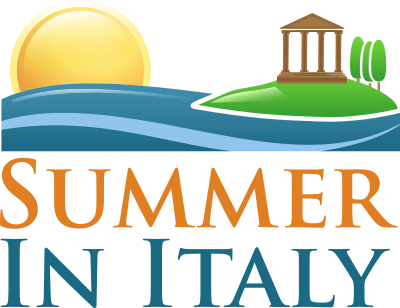
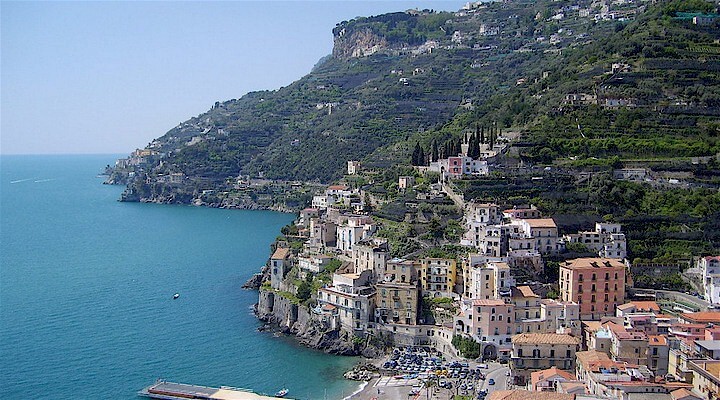 Amalfi Coast
Amalfi Coast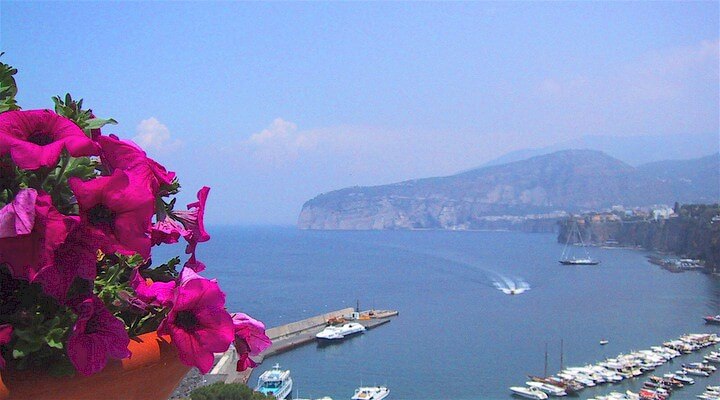 Sorrento Coast
Sorrento Coast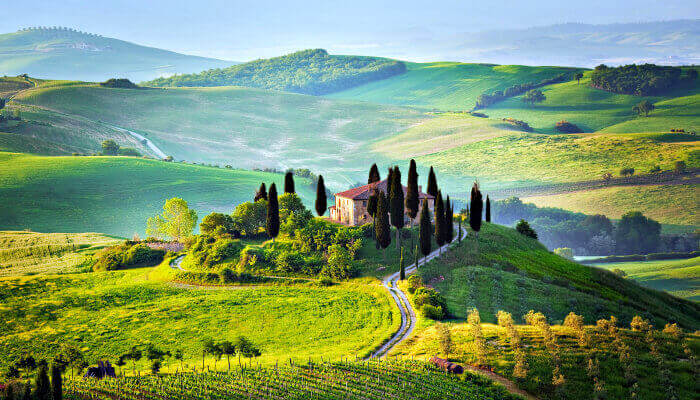 Tuscany
Tuscany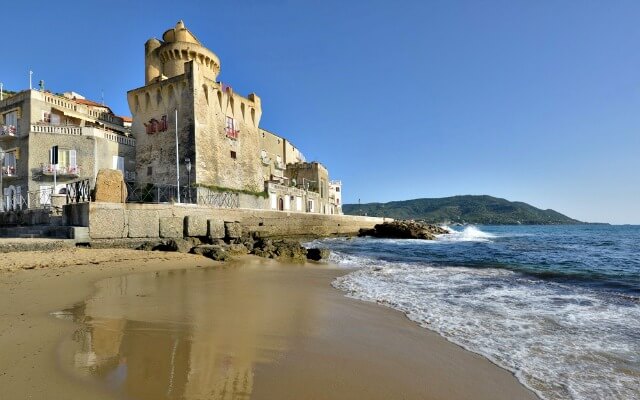 Cilento National Park
Cilento National Park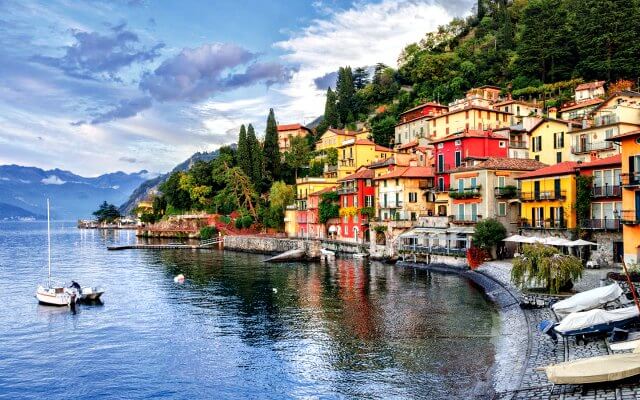 Lake Como
Lake Como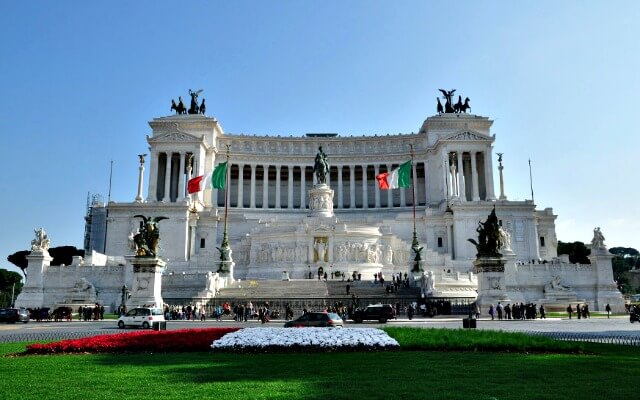 Rome and Latium
Rome and Latium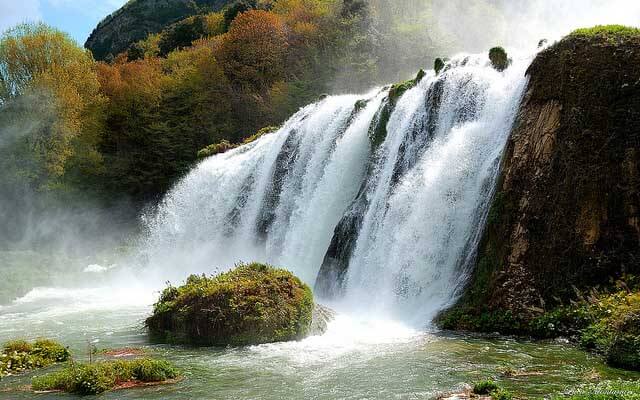 Umbria
Umbria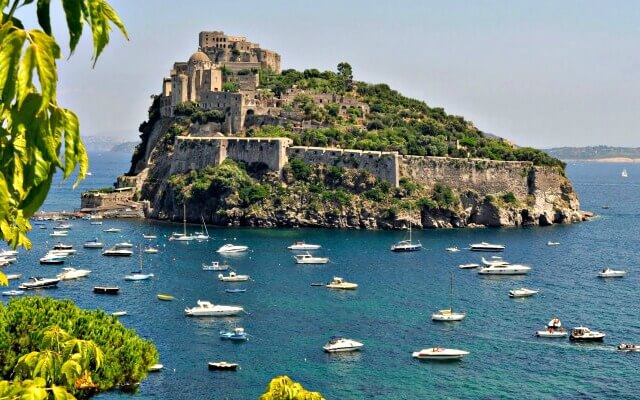 Capri and Ischia
Capri and Ischia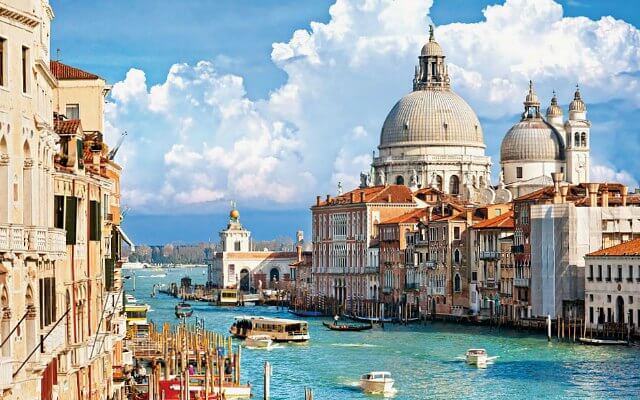 Venice
Venice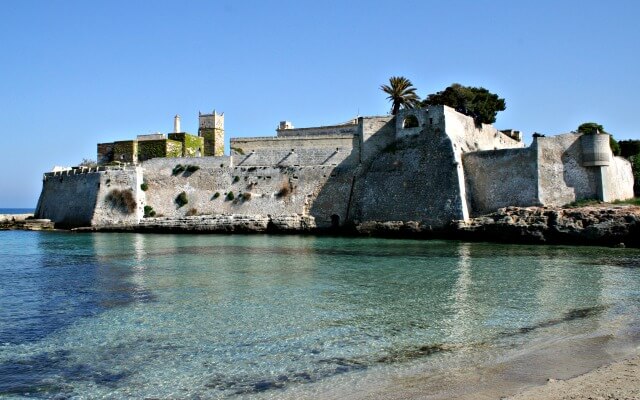 Puglia (Apulia)
Puglia (Apulia)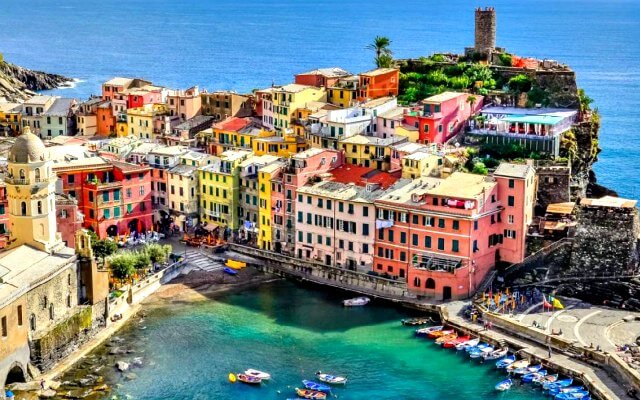 Liguria
Liguria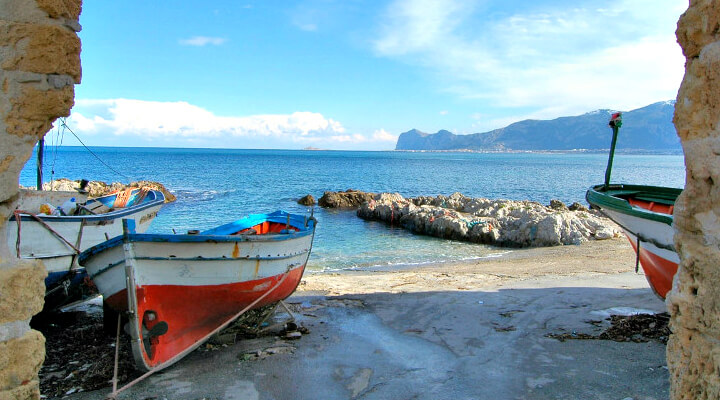 Sicily
Sicily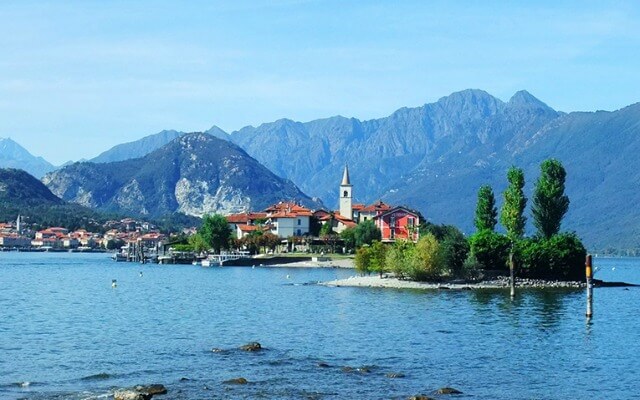 Lake Maggiore
Lake Maggiore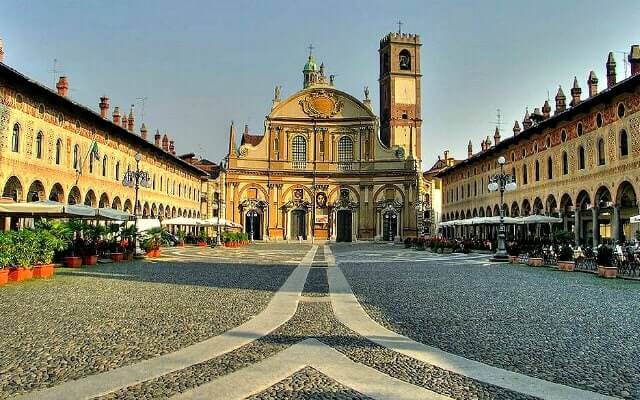 Lombardy
Lombardy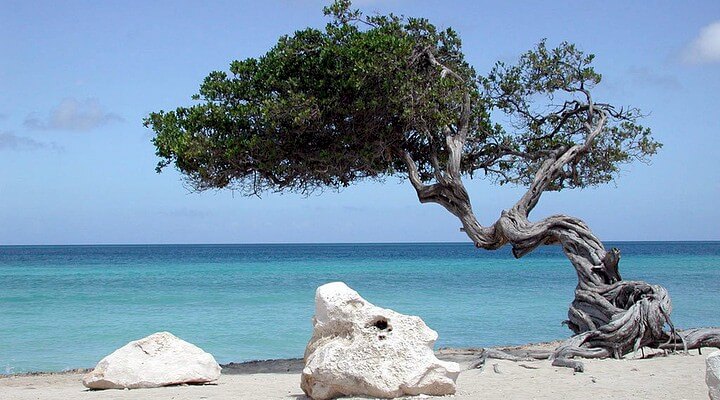 Sardinia
Sardinia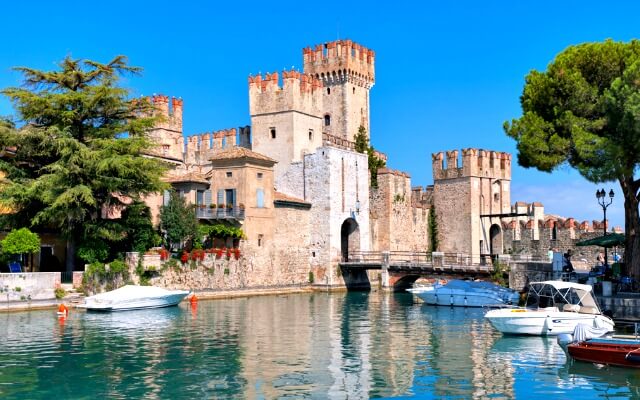 Lake Garda
Lake Garda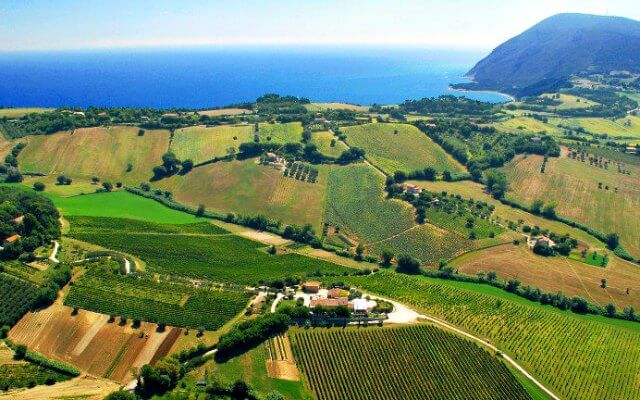 Abruzzo and Marche
Abruzzo and Marche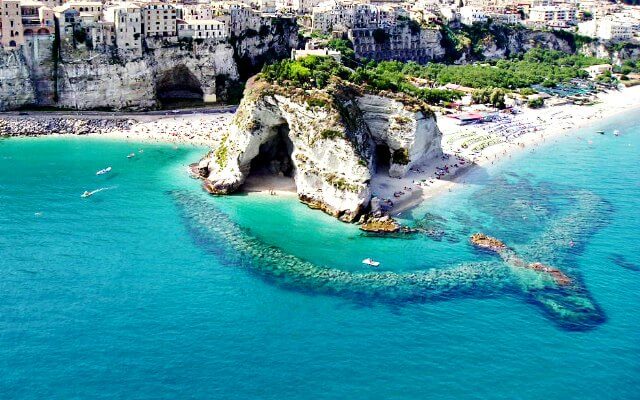 Calabria
Calabria

